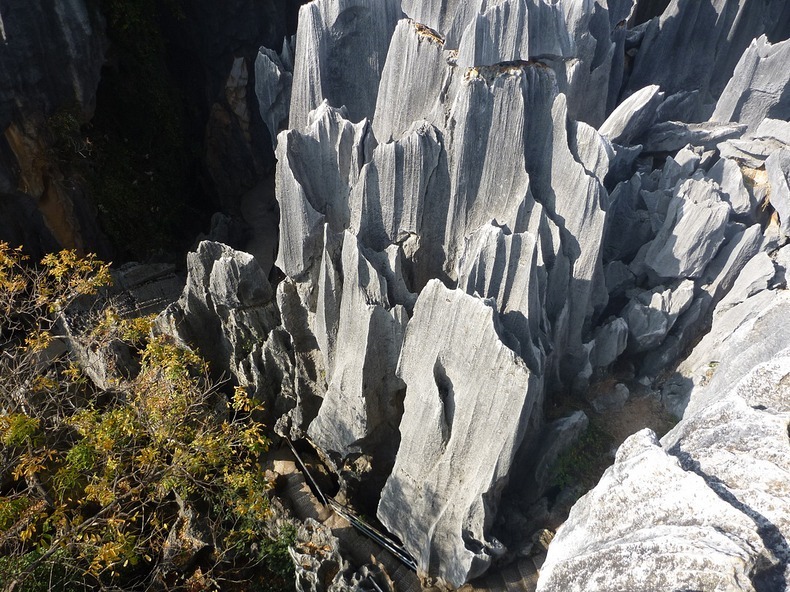Do you know that India has not one but two Taj Mahals? Indeed, there is a monument identical to the Taj that stands in Aurangabad in Maharashtra. It is a mausoleum called Bibi Ka Maqbara ("Tomb of the Lady") built by Prince Azam Shah, the son of the sixth Mughal Emperor Aurangzeb, between 1651 and 1661 A.D, in the memory of his mother, Dilras Banu Begum.
Bibi Ka Maqbara draws its inspiration from the famous Taj Mahal of Agra built by none other that Prince Azam Shah’s grandfather, Mughal Emperor Shah Jahan in memory of his wife Mumtaz Mahal. Azam Shah intended to build a monument that would rival the Taj Mahal. Unfortunately, he lacked the treasury his grandfather had access to, as well as the skilled labour the treasury bought, resulting in a poor copy of the latter. Even so, Bibi Ka Maqbara is an architectural wonder with intricate designs, carved motifs, imposing structure and beautifully landscaped Mughal-style garden. Due to its strong resemblance to the Taj Mahal, it is lovingly called the “Taj of the Deccan”.

The mausoleum stands at the centre of a spacious enclosure measuring approximately 458 meters by 275 meters, with axial ponds, fountains, and water channels, many defined by stone screens and lined with broad pathways. The garden is enclosed by high crenelated walls with fortress set at intervals, and open pavilions on three sides. The mausoleum is built on a high square platform with four minarets at its corners, exactly like the Taj Mahal, and approached by a flight of steps from three sides. The main onion dome of the Maqbara is, however, smaller than the dome of the Taj and its minarets are shorter.
Seen by itself, Bibi Ka Maqbara is a beautiful piece of work, but it pales in comparison to its famous forbearer. While the monument in Agra is made entirely out of pure white marble, the mausoleum in Aurangabad is encased with marble only up to the dado level. Above this is covered with a fine plaster polished to give a marble-like finish. Only the onion dome was built with marble. The walls of the Maqbara are also a little dusky by contrast, which gives the mausoleum a duller appearance compared to the Taj. According to records, Bibi Ka Maqbara cost Alam Shah 700,000 Rupees to build. For comparison, the Taj Mahal was built at a cost of approximately 32 million Rupees at that time. This is probably another reason why Bibi Ka Maqbara is often referred to as the "poor man’s Taj".

Bibi Ka Maqbara’s diminutive status is a consequence of Aurangzeb’s lack of interest in architecture. Initially Aurangzeb was not in favour of building a monument as lavish as the Taj, and he prevented its construction by blocking the movement of marble from Rajasthan and various other parts of the Mughal empire. But his son Alam Shah was determined to have a monument to his mother that might vie with the Taj. Somehow, Alam Shah prevailed upon his father who eventually relented.
Legend has it that in 1803, Nizam Sikander Jahan was so captivated by the Maqbara that when Aurangabad and the Marathwada area were annexed to his kingdom he planned to shift the Maqbara to his capital, Hyderabad. He even ordered dismantling of the structure, slab by slab. But, somehow, he had a premonition of some disaster which might befall him were he to harm the existing structure. He stopped the work and as a penance got a mosque built, which still stands to the west of the main structure.
Symmetrical designs and balconies line the octagonal tomb enclosure.
Photo credit
































































